#plant foraging
Text

ETA: I wrote up a guide on clues that a foraging book was written by AI here!
[Original Tweet source here.]
[RANT AHEAD]
Okay, yeah. This is a very, very, very bad idea. I understand that there is a certain flavor of techbro who has ABSOLUTELY zero problem with this because "AI is the future, bro", and we're supposed to be reading their articles on how to use AI for side hustles and all that.
I get that ID apps have played into people's tendency to want quick and easy answers to everything (I'm not totally opposed to apps, but please read about how an app does not a Master Naturalist make.) But nature identification is serious stuff, ESPECIALLY when you are trying to identify whether something is safe to eat, handle, etc. You have to be absolutely, completely, 100000% sure of your ID, and then you ALSO have to absolutely verify that it is safely handled and consumed by humans.
As a foraging instructor, I cannot emphasize this enough. My classes, which are intended for a general audience, are very heavy on identification skills for this very reason. I have had (a small subsection of) students complain that I wasn't just spending 2-3 hours listing off bunches of edible plants and fungi, and honestly? They can complain all they want. I am doing MY due diligence to make very sure that the people who take my classes are prepared to go out and start identifying species and then figure out their edibility or lack thereof.
Because it isn't enough to be able to say "Oh, that's a dandelion, and I think this might be an oyster mushroom." It's also not enough to say "Well, such-and-such app says this is Queen Anne's lace and not poison hemlock." You HAVE to have incredibly keen observational skills. You HAVE to be patient enough to take thorough observations and run them through multiple forms of verification (field guides, websites, apps, other foragers/naturalists) to make sure you have a rock-solid identification. And then you ALSO have to be willing to read through multiple sources (NOT just Wikipedia) to determine whether that species is safely consumed by humans, and if so if it needs to be prepared in a particular way or if there are inedible/toxic parts that need to be removed.
AND--this phenomenon of AI-generated crapola emphasizes the fact that in addition to all of the above, you HAVE to have critical thinking skills when it comes to assessing your sources. Just because something is printed on a page doesn't mean it's true. You need to look at the quality of the information being presented. You need to look at the author's sources. You need to compare what this person is saying to other books and resources out there, and make sure there's a consensus.
You also need to look at the author themselves and make absolutely sure they are a real person. Find their website. Find their bio. Find their social media. Find any other manners in which they interact with the world, ESPECIALLY outside of the internet. Contact them. Ask questions. Don't be a jerk about it, because we're just people, but do at least make sure that a book you're interested in buying is by a real person. I guarantee you those of us who are serious about teaching this stuff and who are internet-savvy are going to make it very easy to find who we are (within reason), what we're doing, and why.
Because the OP in that Tweet is absolutely right--people are going to get seriously ill or dead if they try using AI-generated field guides. We have such a wealth of information, both on paper/pixels and in the brains of active, experienced foragers, that we can easily learn from the mistakes of people in the past who got poisoned, and avoid their fate. But it does mean that you MUST have the will and ability to be impeccably thorough in your research--and when in doubt, throw it out.
My inbox is always open. I'm easier caught via email than here, but I will answer. You can always ask me stuff about foraging, about nature identification, etc. And if there's a foraging instructor/author/etc. with a website, chances are they're also going to be more than willing to answer questions. I am happy to direct you to online groups on Facebook and elsewhere where you have a whole slew of people to compare notes with. I want people's foraging to be SAFE and FUN. And AI-generated books aren't the way to make that happen.
#foraging#mushroom foraging#plant foraging#mushrooms#edible plants#edible mushrooms#wild foods#food#nature#AI#fungus#fungi#poisonous mushrooms#poisonous plants#botany#mycology#rant
4K notes
·
View notes
Text
A stinging nettle growing out of a log covered in moss. 💚
[Nature Walk & Foraging 03.28.2024]
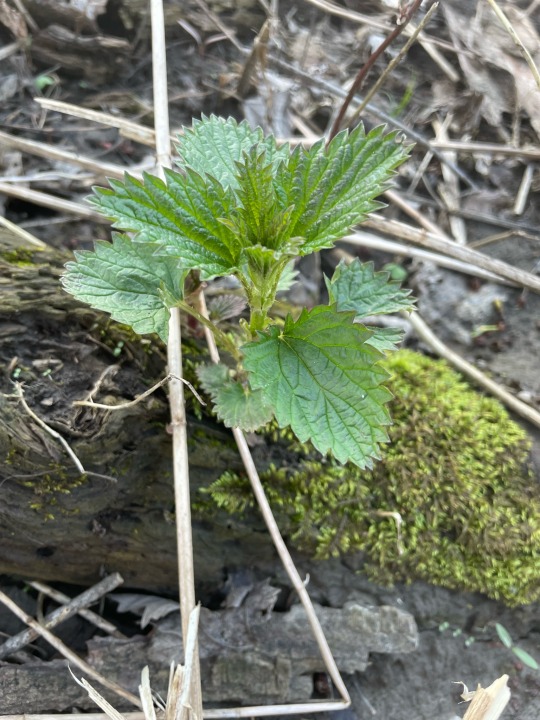


#foraging#nature#nature walk#stinging nettles#logs#moss#plant foraging#plant id#plant identification#wild edibles#queer forager#alihartforages#oc
6 notes
·
View notes
Text
found my first mullein plant!

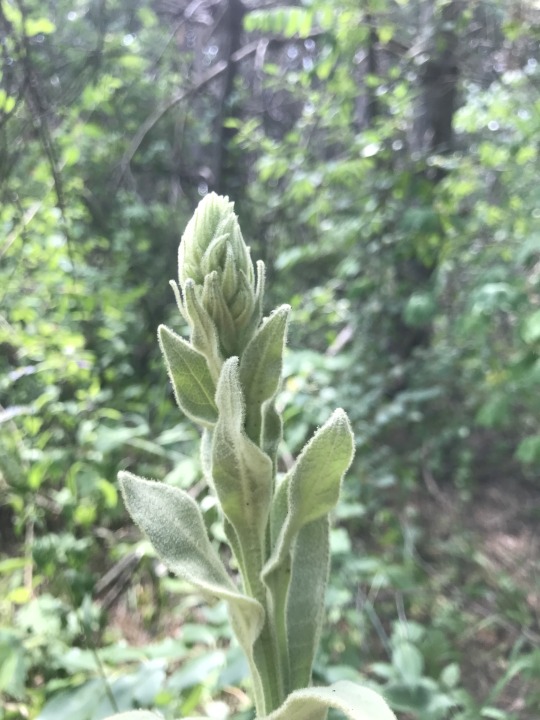
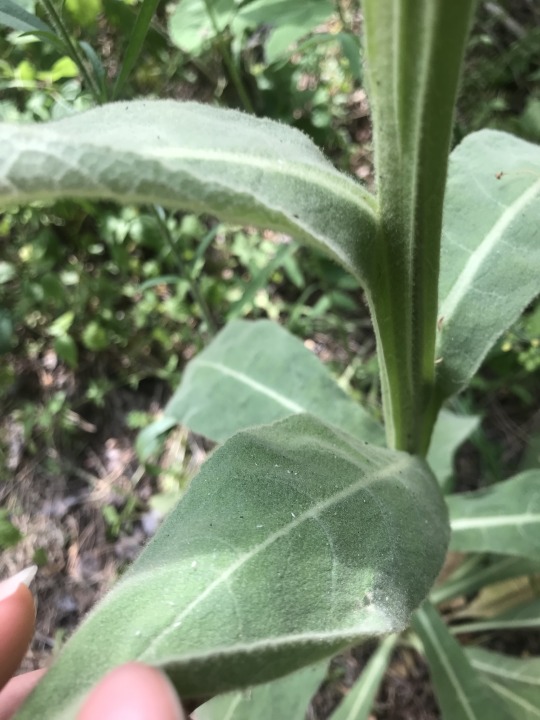
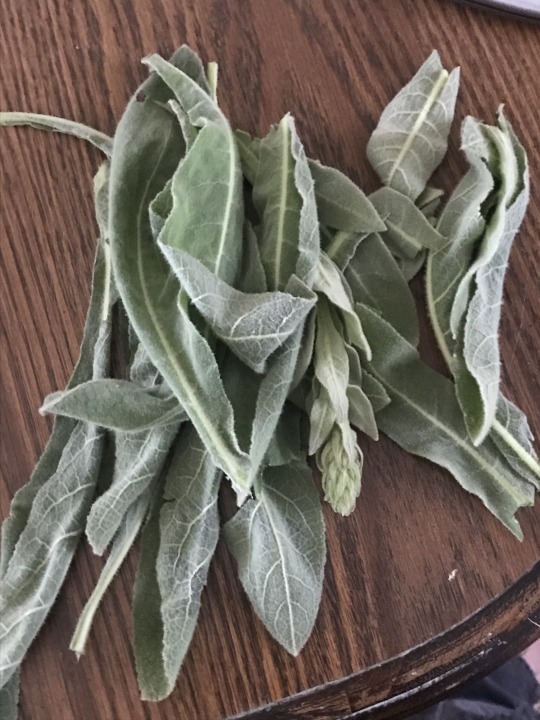
After some care to confirm my identification I am now drying it out to use as medicine for my chronic cough!
2 notes
·
View notes
Text
How to Choose Plants for Survival: digestible or Deadly
Methods of Plant Identification
If you really need to understand how you can identify a specific plant, follow the below-explained ways:
Identify the Plant’s Family – The identification of the unknown plant’s families constitutes the initial step. Once the family name is known, the keys to genera can be used to determine the generic name, and the species key can be used to identify the specific plant. Since the obtained plant’s identity and name may be incorrect for a variety of reasons, it is always safe to verify that the plant’s description reasonably matches the observed characteristics.
Area Where the Plant is Found – The use of the most recent flora and a checklist specific to the area is the second method. These typically include a list of the plants that are known to be in the area and other pertinent habits, distributional, and frequency data. An unidentify plant can be place in a genus with one or more species by elimination, and identification can be complete by comparing its characteristics to those provided in any standard work.
Learn more about this Post for Click Here
#plants for survival#survival plants#edible plants#wild edibles#foraging#plant identification#wilderness survival#plant foraging#plant knowledge#survival skills#wilderness plants#plant classification#plant selection#plant uses#plant resources#plant benefits#plant properties
6 notes
·
View notes
Text
PSA: *Beware* AI-generated fungi guidebooks!!
…Not a phrase I imagined myself typing today. But, via @heyMAKWA on Twitter:
“i'm not going to link any of them here, for a variety of reasons, but please be aware of what is probably the deadliest AI scam i've ever heard of:
“plant and fungi foraging guide books. the authors are invented, their credentials are invented, and their species IDs will kill you.”
…So PLEASE be careful if you run across anything of this kind.
(ETA: Corrected egregious typo in the title. Apologies, as I was [a] in bed [b] typing hurriedly and one-handed on the iPad, and [c] I think its native keyboard may need recalibration, but also [d] I was upset about what I was having to post, because seriously, WTF?!!)
#WARNING#AI-generated books on amazon#specifically#plant and fungi foraging#guide books#THIS SHIT IS GOING TO GET SOMEBODY KILLED
20K notes
·
View notes
Text


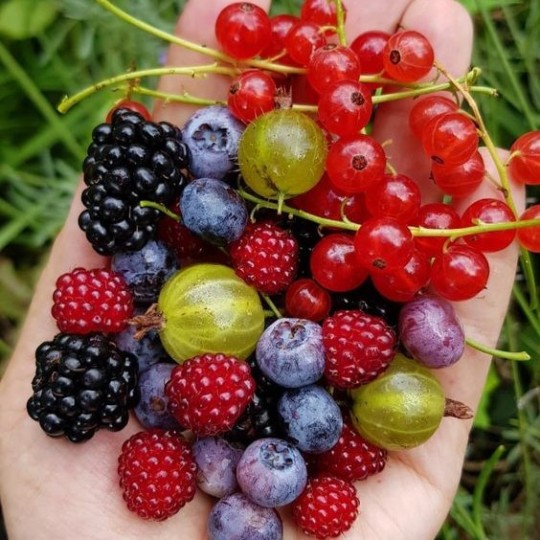
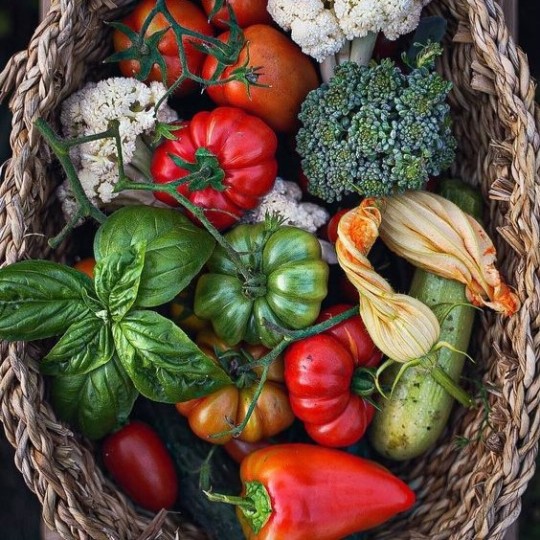




#naturecore#aesthetic#plants#nature#farm aesthetic#farming#farm life#farm#warm aesthetic#summer days#harvestcore#harvest#farmcore#farm living#garden#gardening#veggies#fruits#vegetables#harvesting#foraging#plantlife#plantblr#cottage vibes#cottage style#nature aesthetic#cottagecore#countrycore#photography#explore
1K notes
·
View notes
Text
In honor of a bunch of my friends being served iris rhizomes instead of daylily bulbs at a skills event and puking their guts out all night, here is a friendly reminder about wild edibles:
Do not eat any wild edibles that are at all new to you or you are even a little uncertain about without double and triple checking the ID with a trusted, professional resource. ABSOLUTELY DO NOT feed wild edibles to anyone else that you haven't repeatedly IDed and eaten yourself with no problems.
#there is very little space to be uncertain with wild edibles ESPECIALLY when you are sharing them#(also anyone who makes THAT particular mistake needs to go back to the drawing board & learn how to look at plants because how do you even-#wild edibles#foraging#plantblr#thank god it wasnt a more dangerous mistake and all that happened was 50% of the group throwing up for a night#raincoats speaks
2K notes
·
View notes
Text

strawberries
portfolio | insta
#forest#mushrooms#mycology#botanical#botany#plants#flowers#fungi#foraging#forestcore#flowercore#wildflowers#cottagecore#academiacore#cozycore#botanical art#botanical illustration#strawberry#strawberries#strawberry picking#urban foraging#forager#forest core
2K notes
·
View notes
Text



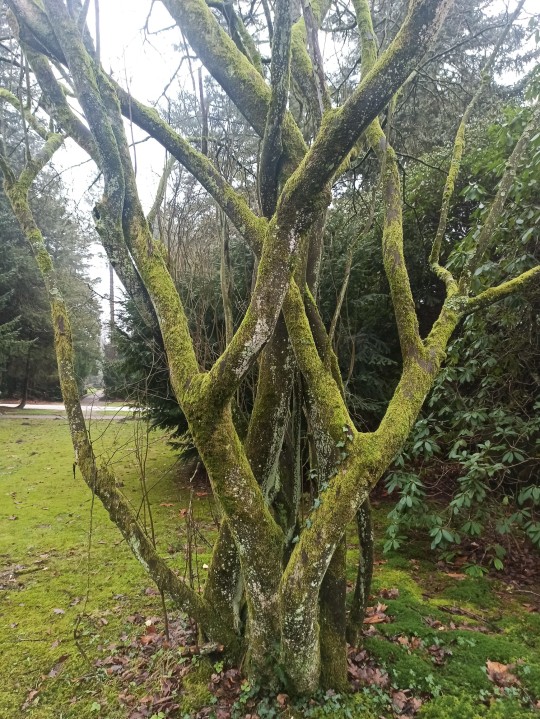


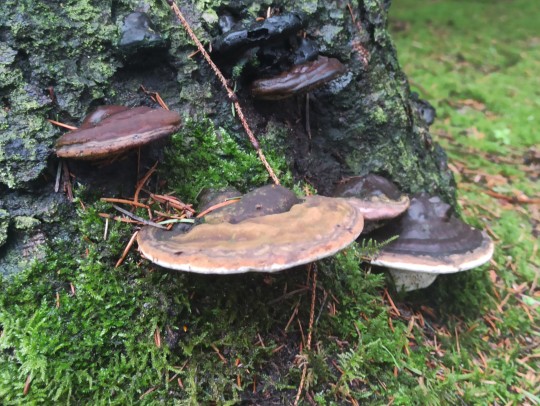

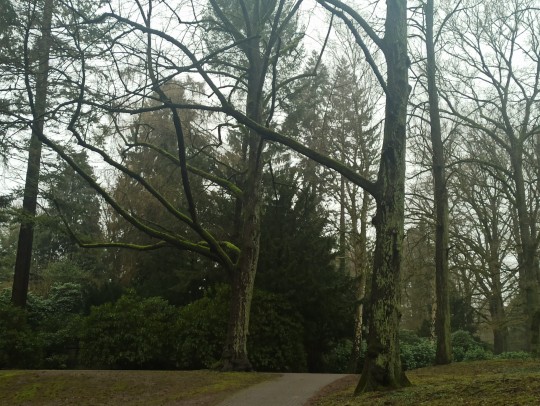
♰ 𝐎𝐡𝐥𝐬𝐝𝐨𝐫𝐟 𝐂𝐞𝐦𝐞𝐭𝐚𝐫𝐲 ♰ | 𝐇𝐚𝐦𝐛𝐮𝐫𝐠, 𝐆𝐞𝐫𝐦𝐚𝐧𝐲
#rural#plant#greenery#fungus#mushroom#fungi#mushrooms#foraging#moss#mosscore#garden#cottagecore#dark cottagecore#nature#naturecore#forest life#forest#trees
954 notes
·
View notes
Text
As garlic mustard is starting to show up, please remember that it's invasive in North America BUT native to Europe and Asia. So taking the whole plant is fine in America but not in Europe. I'm making this post in reference to last year's posts about war on garlic mustard. I've seen a post of someone who took the whole plants and they were European and learned that it's not invasive there. So do your research and forage safely and ethically.

#garlic mustard#foraging#solarpunk#plants#invasive plants#native plants#safe foraging#ecology#garlic mustard war#garlic mustard war 2023
2K notes
·
View notes
Text
Note to new foragers;
while you are learning about the species you want to harvest, also learn what sustainable harvesting looks like. Learn about invasive species management, and agroecology. A lot of people start with the book Braiding Sweetgrass, by Dr Robin Wall Kimmerer. It is approachable, and covers the Honorable Harvest really well. The Poor Proles Almanac podcast and Substack are both incredible sources of information as well.
In general, tho, you should start by knowing this:
- If a species is native, and especially if it is rare on the landscape, do what you can to encourage it. Don’t over harvest, clear away invasives around it, save and spread its seeds. Maybe even hand pollinate it if needed.
- If a species is not native, feel free to harvest much more of it. Discourage its spread, but you don’t necessarily need to remove every single one you see. For a very small select few non native species, a little bit of spreading can even be okay. But be sure you know what you are doing. In general, it is better to remove a non native species than to let it stay. Keep native seeds on you to replace them with. I carry around little dime bags of seeds.
- if a species is Invasive (not native & choking out native species) remove as much as you can without damaging the local ecology. For foraging this might mean you harvest a ton of yellow charlock, even more than you need, because you see it choking out wild lettuce. This is a good thing to do (at least where I am). Because the charlock will overtake everything. But if you start managing in other ways, like tarping or tilling or spraying, keep in mind that oftentimes the medicine can be worse than the disease. If you spray a field of charlock you don’t get wild lettuce, you get more charlock.
Anyways, good luck!
413 notes
·
View notes
Text
How to Identify Trailing Blackberry
Originally posted on my website at https://rebeccalexa.com/how-to-identify-trailing-blackberry/. Click here to learn more about the How to Identify article series.
Name: Trailing blackberry (Rubus ursinus), also known as California blackberry, Pacific blackberry, Pacific dewberry, and a number of other common names.
Range and typical habitat(s): West coast of North America from southern British Columbia to northern Baja California, east to the Cascade mountains, and scattered through the Rocky Mountains in Idaho, Washington, and Montana.
Distinguishing physical characteristics (size, colors, overall shapes, detail shapes): Summer is here, and that means blackberries are ripening on the vine! Here in the Pacific Northwest where I live we have multiple species, all featuring delectable, juicy berries, but only one is native. The trailing blackberry distinguishes itself through a slender, biennial vine, pale green to bluish-purple in color, with tiny thorns all along its length. (Be careful when handling this vine, as the thorns easily detach and become embedded in your skin!) Some vines may exceed six feet in length, and each plant may produce several of these from a central perennial root system.
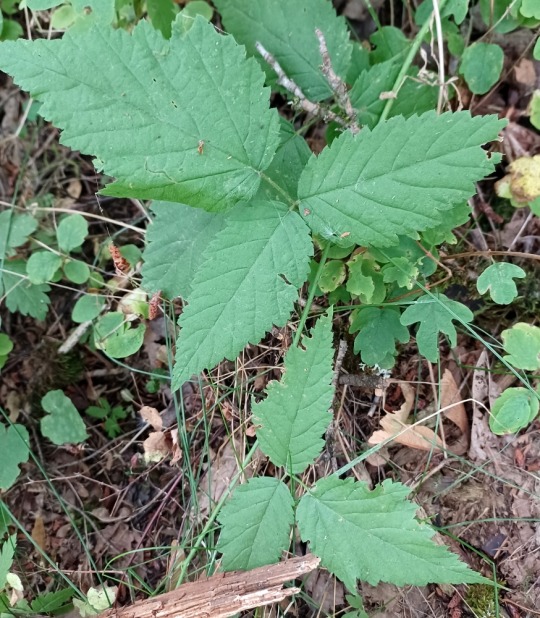
The leaves of trailing blackberry generally have three leaflets, though one or five may occasionally be seen, and they are dark green above with a pale green to white underside. Each leaflet is oval in shape with a pointed tip and a deeply serrated edge that has larger serrations interspersed with groups of smaller, finer serrations, and generally will not reach more than about four inches in length. This species is deciduous, and loses its leaves over winter before growing new foliage in the spring.

First-year vines are not fertile; they will not produce flowers until their second year, after which they die. Like many other Rubus species, it has a flower with five white petals that rarely exceeds an inch in diameter, and the petals are particularly slender compared to others in the genus. The center is pale green to yellow with several dozen anthers on the flowers of male plants. Female plants, of course, are the only ones to bear small berries about 3/4″ or so long at the largest, which start out green, darken to red, and finally ripen at a deep purple to black. While smaller than commercially available blackberries, they are quite sweet and flavorful when ripe. Technically they are not true berries, but are instead composites of several tiny round drupelets each with its own seed, which is typical of Rubus fruit.
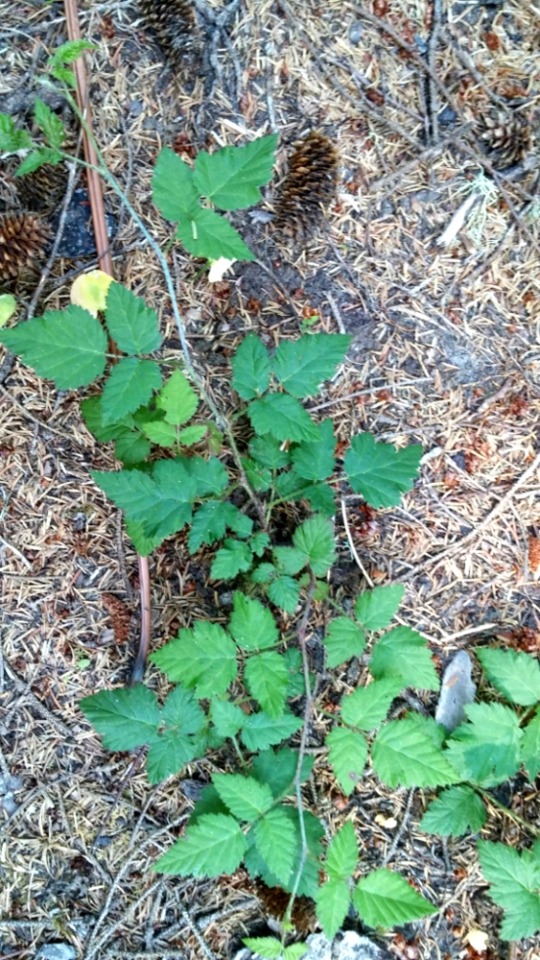
Trailing blackberry can grow quite quickly, and although it may clamber over other plants it generally does not out-compete them to the point of becoming a monoculture. It is also a quite hardy plant and can colonize disturbed ground with ease as long as there is plenty of sunlight. The vines can become a bit of a tripping hazard in places with high foot traffic, but are easily trimmed back without killing the entire plant. In addition to seeds, trailing blackberry can also grow colonies of clones wherever its vine touches the ground.
Other organisms it could be confused with and how to tell the difference:
In its native range, trailing blackberry is a rather unique little plant. It may occasionally be confused with the invasive Himalayan blackberry (Rubus armeniacus). However, the latter grows on large, thick canes up to thirty feet long that can grow tall and arch over, and which create massive thickets that choke out any other plant life. The leaves of Himalayan blackberry are also larger and rounder–up to eight inches long–and more typically have five palmately compound leaflets instead of three, though three leaflets may sometimes be seen. The flowers have rounder petals, and the berries are much larger, sometimes exceeding an inch in length.

Cutleaf or evergreen blackberry (Rubus laciniatus) is another invasive species found within trailing blackberry’s range. Like Himalayan, the cutleaf species also grows thick, long canes. It is mainly distinguished by its leaves, which have three leaflets that are deeply serrated/toothed and have a jagged appearance–hence the name “cutleaf.”

Black or whitebark raspberry (Rubus leucodermis) has berries which superficially look like those of trailing blackberry. However, once again the canes of this species are thicker and woodier than the trailing vines, and they have a distinctive white to pale purple glaucous coloration. The leaflets are larger than those of trailing blackberry, with first-year leaves having five pinnate leaflets, and second-year having three. The berries are larger and rounder, generally not exceeding 1/2″ in diameter. The overall appearance of the plant is of a taller, more upright shrub than a series of vines trailing over ground and other surfaces.

Anything else worth mentioning? Like other Rubus species, the berries of trailing blackberry are edible, and the leaves may be made into tea. If cultivating this species in your native plant garden, be aware it grows quite quickly, though it can be trained up a trellis with some effort.
Further reading:
Rubus ursinus – Trailing Blackberry
Rubus ursinus – Trailing blackberry; Dewberry; Pacific blackberry
Trailing Blackberry – Rosales Rosaceae Rubus ursinus
Trailing Pacific Blackberry
Did you enjoy this post? Consider taking one of my online foraging and natural history classes or hiring me for a guided nature tour, checking out my other articles, or picking up a paperback or ebook I’ve written! You can even buy me a coffee here!
#blackberries#berries#foraging#plant foraging#edible wild foods#plants#gardening#native plants#invasive species#invasive plants#Pacific Northwest#PNW#food#plant identification#nature identification
32 notes
·
View notes
Text
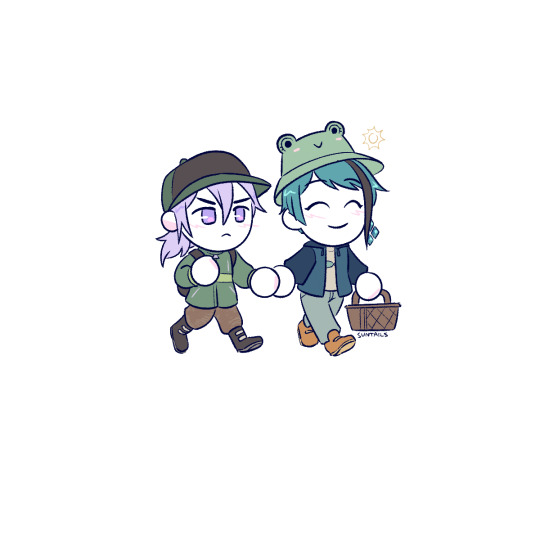
⚔️🐬
#10!! they are going on a mountain trail PICNIC because i SAID SO!!!!! theyll use the empty basket to collect foraged plants (mushrooms)#i drew jade for one of my twst zine pieces and Also gave him this same hat. idk why it has such a vice grip on my brain for him#it feels right. i hate drawing jade (i love drawing jade) i am conflicted. he is SO cute and i always think it looks good but its tricky#maybe thats why i do the hat. idk. also ponytail silver Real. wait till tomorrow. giggles cutely#unrelated also but im dealing with some. really heavy irl stuff. so sry if i dont rly reply to comments on these posts. i normally try :(#friends can eitherrrr check my twt for what happened or dm on discord but. sighs. im stuck in a cycle not of my own making. hate it here#twst#twisted wonderland#twst silver#jade leech#suntails
512 notes
·
View notes
Text
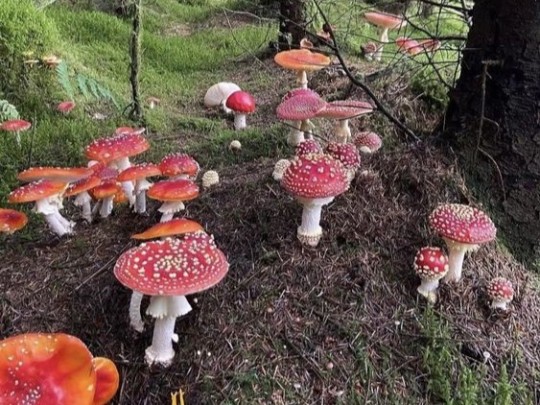
#mushrooms#fungus#fungi#toadstool#mushroomcore#foraging#red mushrooms#mushies#forest#trees#trees and forests#landscape#nature#naturecore#landscapes#plants#tree#garden#grass#greenery#fairycore#fairy aesthetic#fairy#faerie#fairies#fae#faecore#cottage aesthetic#cottagecore#fairy cottage
631 notes
·
View notes
Text

Right plants for survival with experts. Enhance your survival skills & ensure your well-being in the wilderness with the right plant choices.
#plants for survival#survival plants#edible plants#wild edibles#foraging#plant identification#wilderness survival#plant foraging#plant knowledge#survival skills#wilderness plants#plant classification#plant selection#plant uses#plant resources#plant benefits#plant properties
1 note
·
View note
Text
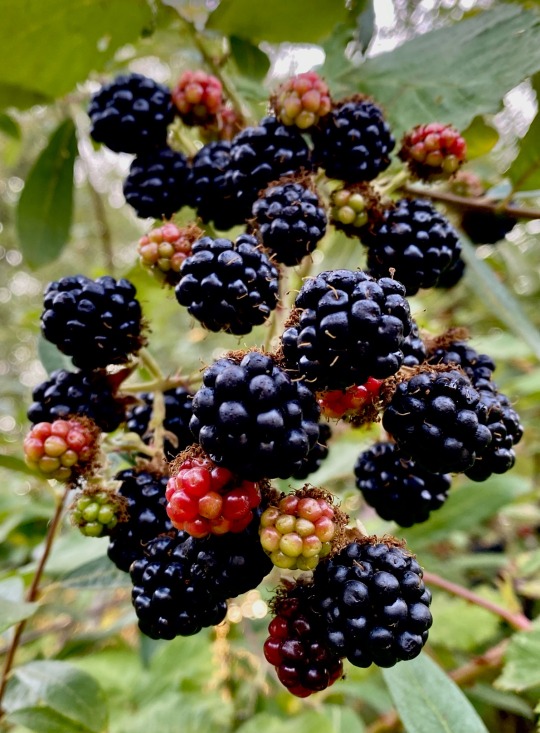
made in the shade..
550 notes
·
View notes